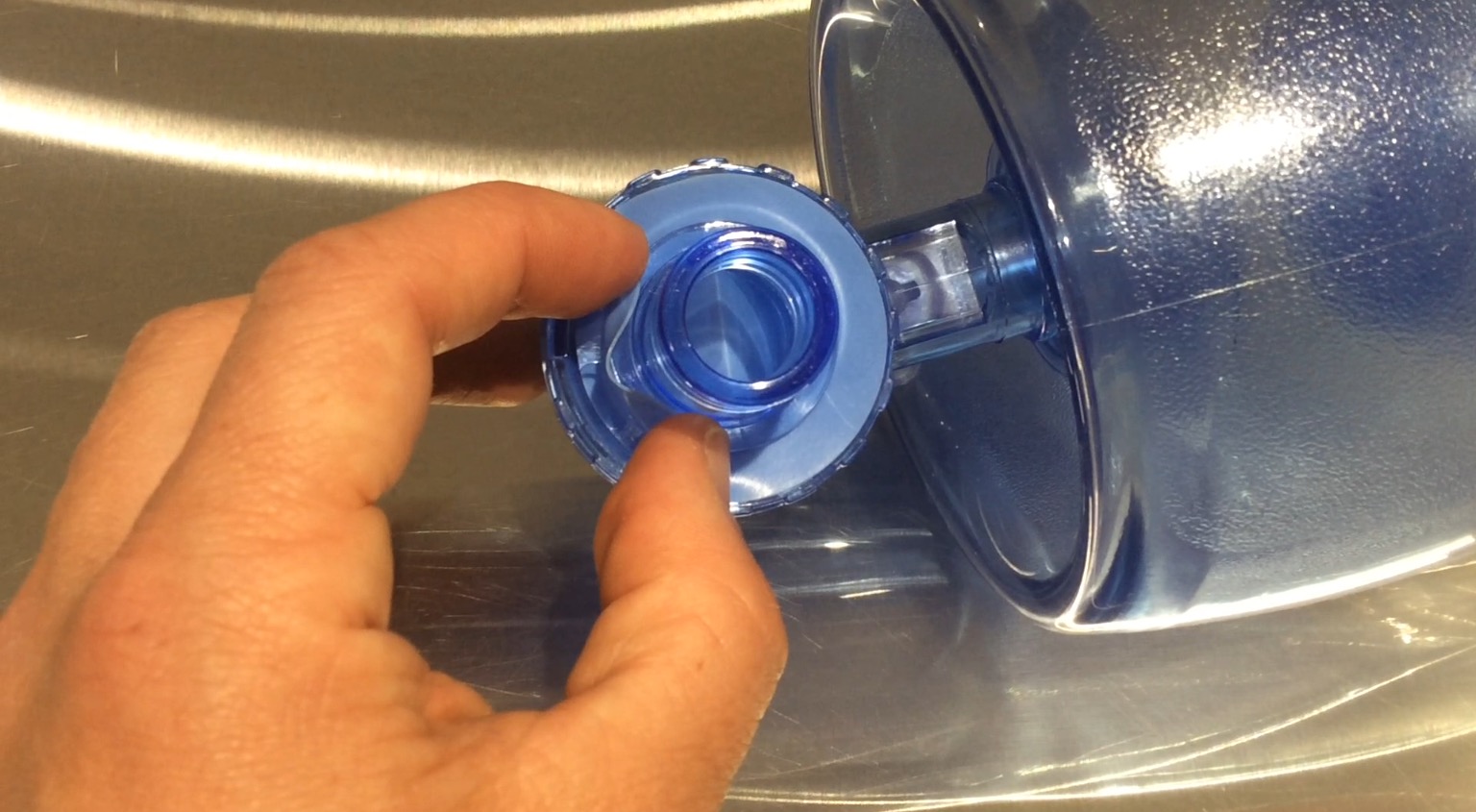Bag Valve Masks (BVMs) which do not have an expiratory valve will entrain room air during spontaneous breathing significantly reducing the effectiveness of preoxygenation. There is not benefit to front line staff in having BVMs without expiratory valves.
Expiratory valves should be standard on all BVMs – while they are not we are compiling a list of BVMs with and those without expiratory valves. Please help us add to these lists. If your institution purchases BVMs without expiratory valves ask that they replace them with BVMs which do.
We’re collaborating with experts in the field of airway management to draft a letter to governing bodies and manufacturers to ensure that expiratory valves are made standard on BVMs.
Bag Valve Masks With Expiratory Valves
- Laerdel Silicone Resuscitator
- Kirk
- Ruben
Bag Valve Masks Without Expiratory Valves (Please Replace These)
- Sims
- Vital Signs
- Mayo BVM #2204
Addition of a PEEP valve creates an expiratory valve however often make it less comfortable and difficult for a patient when breathing spontaneously and adds the complexity of an additional piece of equipment. PEEP valves may also be particularly useful for patients with a significant shunt.
How to assess if your BVM has an expiratory valve:
Some BVMs will allow you to access the expiratory valve. In this Laerdel Silicone Resuscitator the proceduralist is lifting the expiratory valve flap to expose the exhalation holes beneath. On inspiration the flap covers these holes preventing entrainment of room air.

Other BVMs may have the expiratory valve contained in a housing. This slightly more brutal assessment requires cutting into the bag part of the BVM and occluding the bag end. If you are then able to breath through the mouth connection this indicates the BVM does not possess an expiratory valve:
This article (click here) demonstrates the impaired efficacy of preoxygenation when a BVM does not possess an expiratory valve:
